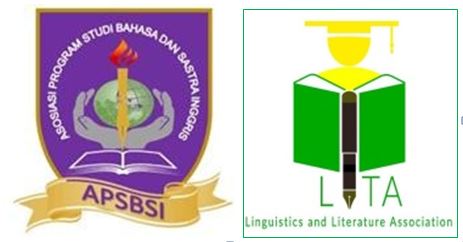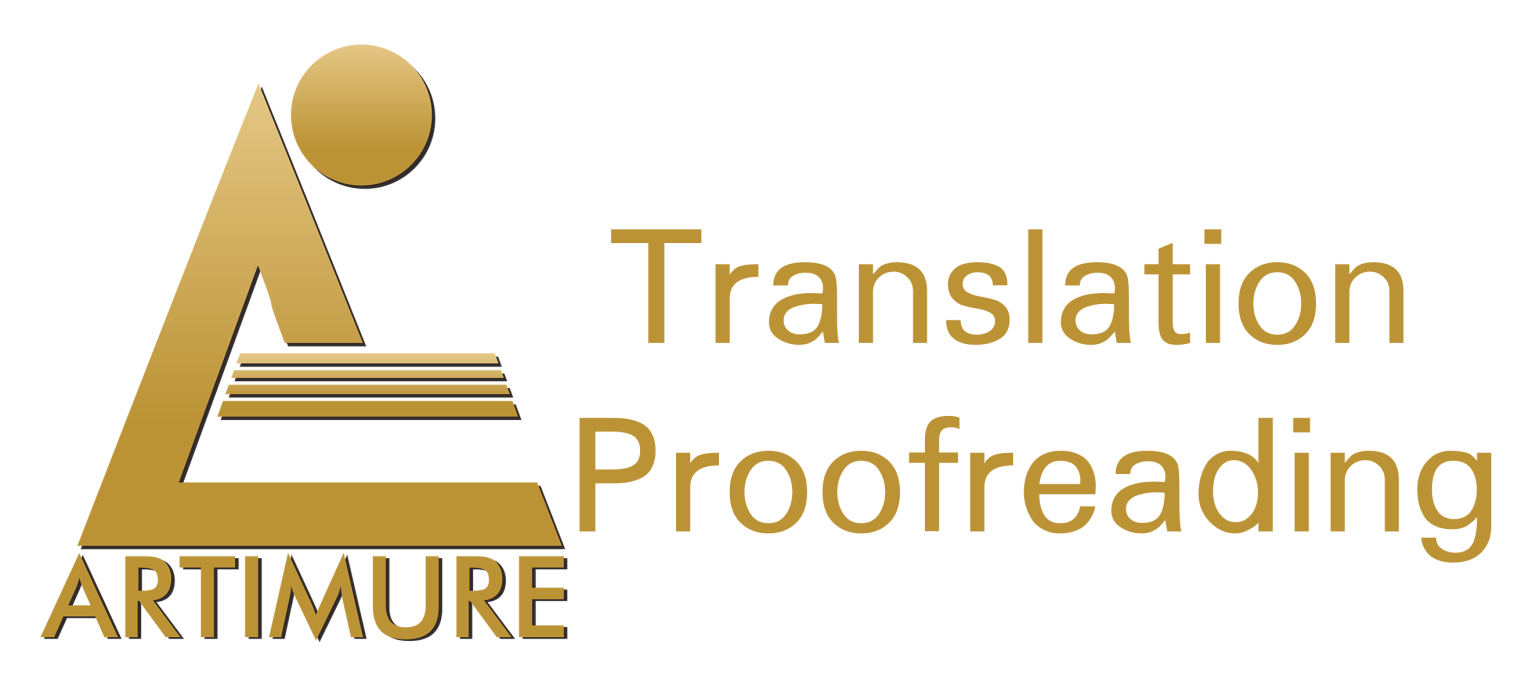Do Simplified Text Can Improve Students’ Reading Comprehension in Narrative Text?: A Classroom Action Research Perspective
DOI:
https://doi.org/10.31849/utamax.v1i3.5945Keywords:
Reading, Simplified text, Narrative text, Students' reading skillAbstract
This research was based on the researcher's preliminary study which found that the students could not comprehend the meaning of texts in their textbook. This Classroom Action Research (CAR) aims to improve the students’ reading comprehension in narrative text through simplified text at grade VIII of SMP Budhi Luhur Pekanbaru. The research was administered to the second year students of SMP Budhi Luhur Pekanbaru. The total population was 34 students. After analyzing the data, the researcher found a significant effect of simplified text toward reading at the second-year SMP Budhi Luhur Pekanbaru students, where the average score from the based score was 58. It increased to 66 at the end of the cycle I. Finally, the average score of cycle II was 75. So it can be concluded that simplified text can increase the students' reading skill at grade VIII SMP Budhi Luhur Pekanbaru
References
Abraham, D. (1990). Planning and Teaching, Practical Suggestion for English in the Classroom. Penerbit Fajar Bakti Sdn. BHD. Kuala Lumpur.
Carroll, J., Minnen, G., Canning, Y., Devlin, S., & Tait, J. (1998, July). Practical simplification of English newspaper text to assist aphasic readers. In Proceedings of the AAAI-98 Workshop on Integrating Artificial Intelligence and Assistive Technology (pp. 7-10).
Creswell, J. (2005). Educational Research (Second Edition): Planning, Conducting and Evaluating Quantitative and Qualitative Research. New Jersey: Pearson Education
Gay, L. R., & Airasian, P. W. (2000). Instructor's manual to accompany Educational research: competencies for analysis and application. Merill.
Hadley, G. (Ed.). (2003). Action research in action. SEAMEO Regional Language Centre.
Harris, D. P. (1993). Testing for Language Teachers. Cambridge, University Press.
Inui, K., Fujita, A., Takahashi, T., Iida, R., & Iwakura, T. (2003, July). Text simplification for reading assistance: a project note. In Proceedings of the second international workshop on Paraphrasing (pp. 9-16).
Newmark, P. (1988). A textbook of translation (Vol. 66). New York: Prentice hall.
Nunan, D. (2003). Practical english. Language Teaching. New York: Mc Graw Hill.
Pakhare, J. (2007). Effective teaching: Reading comprehension strategies. Retrieved July, 20, 2013.
Rosa Lini, D. R. (2011). The Use of Information Gap Activity to Increase Speaking Ability of Second Year Students at SMA N 3 Pekanbaru. [unpublished Thesis, University of Riau].
Scovel, T. (2001). Learning new languages: A guide to second language acquisition. Boston, MA: Heinle & Heinle.
Siddharthan, A., Nenkova, A., & McKeown, K. (2004). Syntactic simplification for improving content selection in multi-document summarization. Retrieved from: http://aclweb.org/anthology/C/C04/C04-1129.pdf
Urano, K. (1998). Negative pragmatic transfer in compliment responses by Japanese learners of English. [Unpublished manuscript, University of Hawai'i at Manoa, Honolulu].










